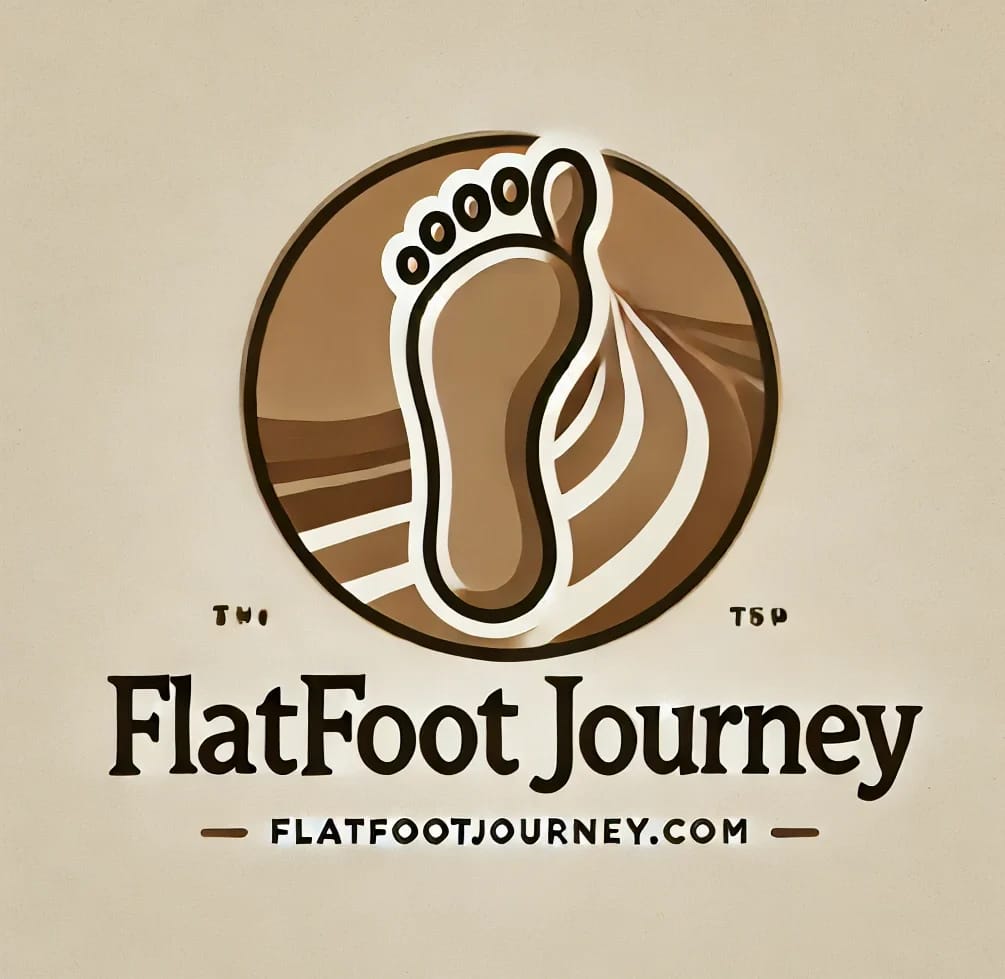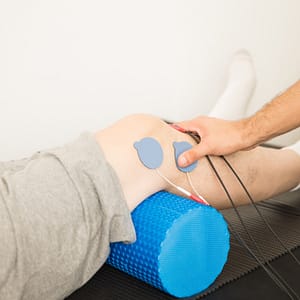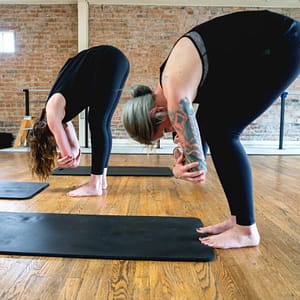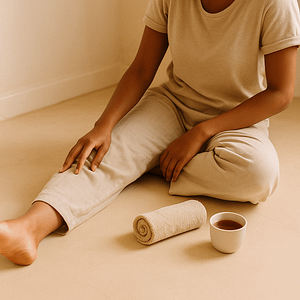I used to think my sore knees and stiff thighs were just random aches from standing too long or being tired. But after an MRI revealed meniscus degeneration, I finally understood there was more to it. What I didn’t expect was that my flat feet and tight hamstrings were quietly contributing to the whole problem.
When My Knee Pain Started Making Sense
After the MRI, my doctor explained that my knee cartilage — the meniscus — had started to wear down. He referred me to physiotherapy to help manage the pain without putting extra strain on my knees.
During my sessions, the therapist used infrared light therapy to warm up my legs and TENS therapy (the stickers that send gentle electrical pulses) to relax the muscles and reduce pain. I didn’t fully understand it at first, but I could feel my knees loosening up after each session.
Then, one day, my physiotherapist asked me to sit on a chair and extend my leg forward. As I did, my lower leg — from the knee down to the foot — lifted slightly upward instead of staying straight. He pointed at that exact spot and said, “There’s the problem.”
My hamstrings were too tight to let my leg straighten fully, and because they’d been held in that shortened position for so long, they’d grown weak from underuse as well.
He explained that over time, my flat feet had changed my posture and the way I walk. My arches collapsing caused my legs to rotate inward, which put extra tension on the back of my thighs. The hamstrings had become both tight and weak — always switched on, but not strong enough to do their job properly.
How Flat Feet Affect the Hamstrings
When you have flat feet, your arches drop and your ankles roll inward — a movement called overpronation.
Overpronation is when your foot rolls inward excessively as you step, often due to flat arches.
This rotation travels up the legs, shifting the knees and hips. Over time, it slightly tilts your pelvis backward, keeping your hamstrings in a shortened, tense position.
That’s why your legs can feel heavy or tight, especially behind the knees, even when you haven’t exercised. It’s not just a muscle problem — it’s a posture chain reacting to how your feet move. You can see how this affects your overall stability and posture in my post on Balance and Flat Feet.
Tight Hamstrings Can Make Flat Feet Worse
The connection goes both ways. When your hamstrings are tight, they restrict your pelvis and flatten your lower back. This changes how your weight spreads through your legs and can make your arches collapse even more.
It becomes a loop:
flat feet → tight hamstrings → more pronation → more strain
That’s why focusing only on your feet doesn’t always solve the issue — the tension starts higher up.
It also made me think back to something my doctor once mentioned — to maintain my weight.
At the time, I didn’t fully understand why, but now it’s clear. Even a small increase in weight adds more downward pressure on the arches and knees, especially when they’re already misaligned. That extra load makes the muscles tighten even more just to keep balance.
If you’re dealing with similar discomfort, my post on Flat Feet and Foot Pain: Causes, Symptoms, and Relief explains how pain develops and what helps reduce it.
The Hidden Impact on the Knees
Flat feet make the shin and thigh bones rotate slightly in opposite directions. Add tight hamstrings to that, and your knees lose flexibility, increasing pressure on the inner side — right where the meniscus sits.
That’s how years of small misalignments can lead to meniscus wear or degeneration. It’s not that flat feet or tight hamstrings directly cause the damage, but they make your knees work harder with every step.
Supportive shoes help by aligning your feet, but they can’t release tight muscles or fix posture on their own. That part takes consistent stretching and strengthening.
If your knees often feel inflamed or sore, you might find relief from methods I covered in Hot & Cold Therapy for Foot Pain.
My Physiotherapy Experience
At first, I didn’t take the at-home exercises as seriously as I should’ve (I’ll admit it ). But even small improvements — like stretching more often, being aware of how I stand, and keeping my knees relaxed instead of locked — started making a real difference.
The biggest change came when I understood how everything connected. The infrared and TENS sessions helped relieve pain, but it was the gentle hamstring stretches and glute strengthening that began to restore balance.
He had shown me how my hamstrings resisted straightening during a simple seated leg test — a small movement that revealed so much about my posture and muscle balance.
It taught me that progress doesn’t have to be perfect. It just has to start — even if it’s five minutes a day.
Can a Muscle Be Tight and Weak at the Same Time?
Yes — and that’s exactly what happens to many people with flat feet or knee problems.
A muscle can feel tight because it’s constantly tense, but still be weak because it’s not being used properly. In my case, the hamstrings were overworking to stabilize my legs and pelvis but never got strong enough to support them well. They were stuck in a half-on, half-off state — both tight and tired.
That’s why the best approach isn’t just stretching or strengthening — it’s a balance of both.
Gentle Stretches That Help
If you’re dealing with tight hamstrings and flat feet, here are a few movements that can help:
- Seated hamstring stretch: Sit with one leg extended, keep your back straight, and lean forward gently. Hold 20–30 seconds.
- Leg-up wall stretch: Lie on your back, place one leg up the wall, and let gravity do the work.
- Standing forward fold (knees slightly bent): Let your upper body hang loosely to release tension.
Go slow — never force it. Over time, these stretches can help your legs feel lighter and your knees more comfortable.
Support Beyond Stretching
What truly helps long-term is combining small habits:
- Supportive footwear or orthotics – to keep your feet aligned.
- Glute and core strengthening – to stabilize your pelvis.
- Posture awareness – avoid locking your knees when standing.
- Short movement breaks – to prevent stiffness during long hours on your feet.
If you’re unsure whether your arches are truly flat, try the quick at-home tests in How to Know If You Have Flat Feet.
Each part supports the next — just like the body itself.
Final Thoughts
Flat feet and tight hamstrings are part of the same story. One affects the other, and together they can strain your knees and posture. But once you understand that link, you can start breaking the cycle — gently and consistently.
For persistent pain, consult a podiatrist or physiotherapist for a tailored plan, possibly including imaging like an MRI. Even if physiotherapy options where you live are limited, simple daily stretches, strength work, and proper footwear can make a lasting difference. Relief doesn’t always come from advanced machines — sometimes it starts with awareness, patience, and small changes that add up over time.
If you’ve ever experienced burning heel pain, check out my post on Plantar Fasciitis: The Burning Pain Beneath Your Feet — another common issue connected to flat arches.



